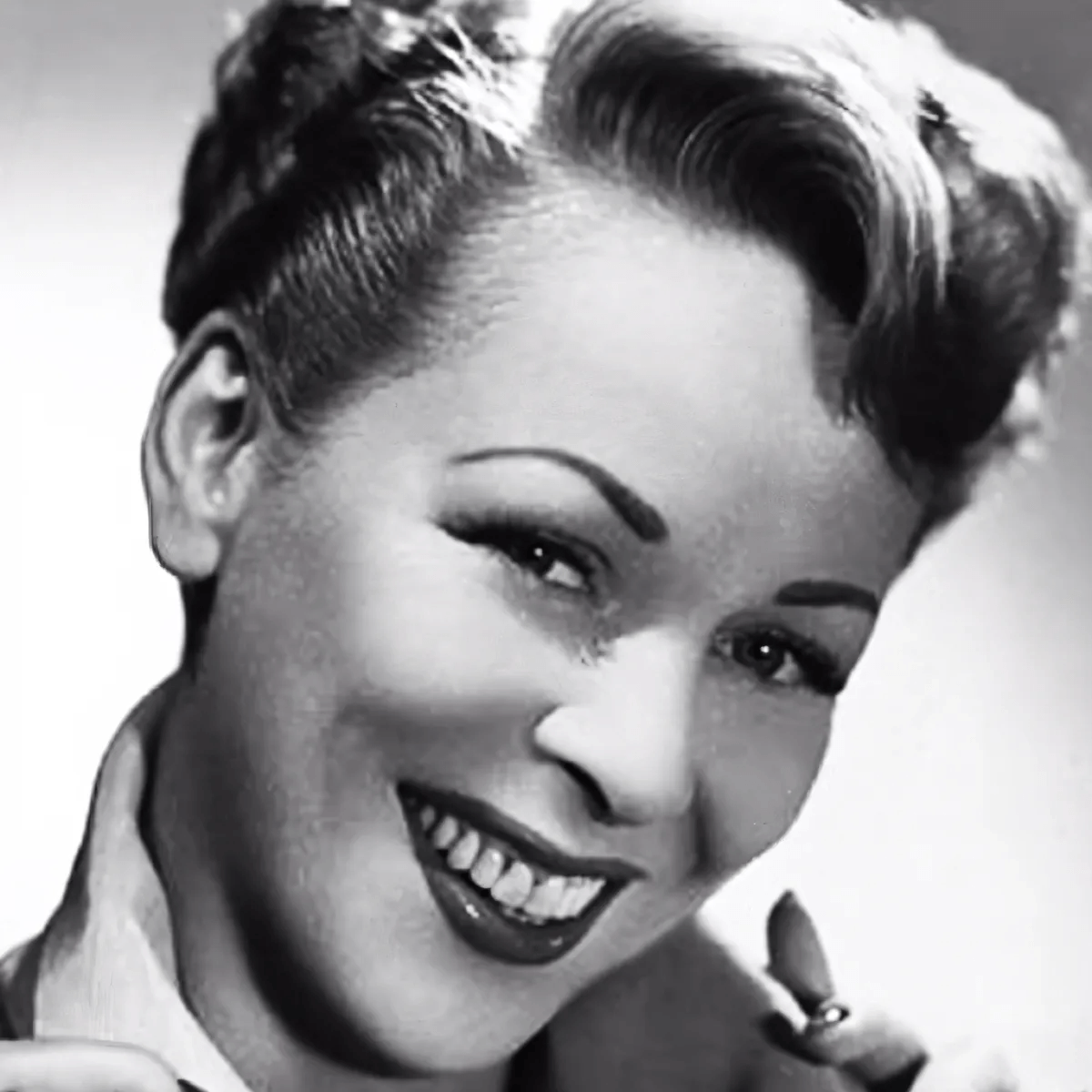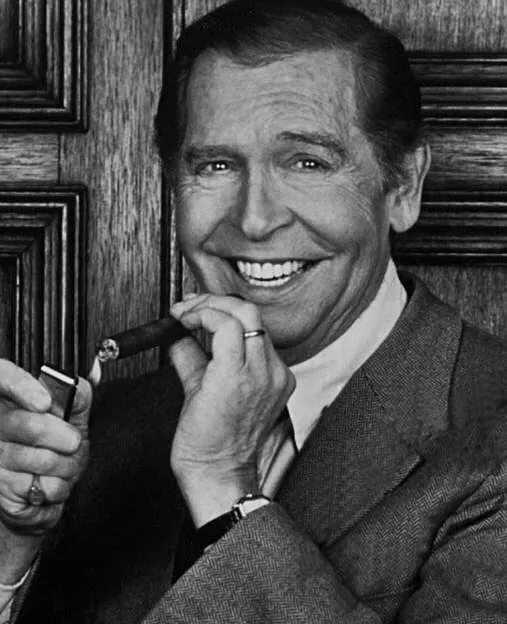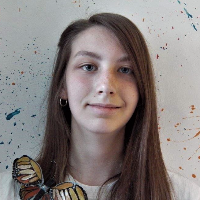Where Does The Song From Hyundai’s ‘Lucky Guy’ Advert Actually Come From?
Adverts are notorious for having catchy jingles and music as a marketing strategy to get viewers/listeners to remember their products and increase their appeal, so customers are more likely to buy them. This is especially effective if the music is paired with an ad that is creative and comedic as it becomes more memorable.
An example of this is Cadbury’s 2014 advert in which an office worker (later named Keith) decides to have a bit of fun while waiting for his call to be connected and starts dancing to the hold music.
Said music is none other than Baccara’s iconic 1977 anthem ‘Yes sir, I can Boogie.’ The ad must have been effective in boosting sales as soon after another version was brought out with half the office also proving they could boogie.
This not only successfully conveyed Cadbury’s slogan at the time ‘there’s more than one way to feel the joy’ and made the ad memorable (I distinctly remember friends and family replicating the dance moves when it came on), but it also revived a 70’s hit, making a completely new generation aware of it (if they weren’t already, come on its Baccara!)
This is exactly what happens with Hyundai’s ‘Lucky Guy’ advert from 2018-19, which uses the song 'Lucky, Lucky, Lucky Me' by Evelyn Knight, released in 1950.
For this advert, Hyundai didn’t go for a comedic tone like Cadbury but instead went for a heart-warming message about family, the benefits of hard work, and most importantly why Hyundais are the most suitable car for people who care about these things, and the song helps convey that message beautifully.
While it may seem like the music the company chose to accompany the ad is so perfect it was composed especially for it, this is not the case. Like Cadbury, Hyundai plucked an older song from obscurity and brought it back to the forefront, getting it stuck in everyone’s heads once more. But where did the song come from?
1. There are over 14 different versions of the song
The song 'Lucky, Lucky, Lucky Me' in Hyundai’s 2018 advert for their Tucson model has over 14 different versions released from 1950 right up to 2019. Some versions with lyrics some without, some in English some not; but the one used by Hyundai is the original (and the best in my opinion), sung by Evelyn Knight with the Ray Charles singers in 1950, with lyrics written by Milton Berle and Buddy Arnold.
2. The song is sung by Evelyn Knight
Evelyn Knight, originally named Evelyn Davis, was an American singer born on the 31st of December 1917 in Reedville, Virginia. Like many young people at the time, Knight first began singing in her local church choir (as a soprano).
After her father died when she was 11, Knight and her mother moved to Arlington County and when she was 16 she began singing in Washington nightclubs, debuting with the stage name Honey Davis. When she was 18 she married a war photographer named Andrew B. Knight and assumed her married name as her professional credit as well.
During her career Knight had two No.1 hits, her first−A Little Bird Told Me−sold over 2 million copies and stayed at No.1 for 7 weeks. She also had 13 songs that reached the top 40 and was a headliner at many posh hotels and supper clubs across the country.

She rivalled singers such as Dinah Shore, Jo Stafford, and Peggy Lee in popularity and was well known for her ‘sophisticated and witty singing style.’ By the late 1940s, she had moved to Los Angeles and had earned enough money to put her sister through college and allow her mother to retire.
Despite having such a successful career, Knight decided to quit while she was ahead, retiring when she was just 37 and never performing in public again. Her sister is quoted as saying ‘she knew she'd paid her dues. She went out on top, and she didn't want to go back.’
In the 1950s Knight returned to the industry, working in music publishing, and in 1961 she was awarded a star on the Hollywood walk of fame−however, no one told her about it! (how negligent can you be to forget to tell the person you’re giving an award to that you’re giving them an award?!).
In 1967 Knight moved to Phoenix and lived quietly as an office manager and babysitter, only singing in her church choir, ending as she began. Virtually none of the people she interacted with in her later life had any idea that she had such an extraordinary past.
3. The Melody is taken from the Italian Tarantella Napoletana
While Evelyn Knight and the Ray Charles singers get credit for singing the song, and Milton Berle and Buddy Arnold wrote the lyrics, the song wouldn’t exist without the original melody, and that comes from the Italian Tarantella from Naples−aka the Tarantella Napoletana.
The credit for that is attributed to 19th-century composer Luigi Ricci, who invented it for his best-known comic opera La Festa Di Piedigrotta in 1852.
The title is a reference to the Neapolitan Piedigrotta Festival, which had a song-writing competition at its center. The Tarantella itself as an art form is a quick dance in duple time accompanied by music with a distinctive rhythm.
It is said that the Tarantella gets its name from a province in Southern Italy called Taranto; however, there’s also another explanation for the name which is a little more fun.
Tarantella happens to be quite close to ‘tarantula’ (that’s right, the giant spiders you don’t want to meet), what does this have to do with the dance itself, you ask? Well, there’s a famous legend that if you are bitten by a tarantula, the only way to rid your body of its poison is to dance like crazy.
Although there are no credible sources linking tarantula bites to Tarantella dancing, there are records of dance hysteria, where people are unable to stop dancing, in historical records.
The Tarantella became the inspiration for many classical Western composers once they heard it, and so the Tarantella made its way around, becoming incorporated in lots of the popular music at the time.
This included the United States which was receiving a significant increase in the number of Italian immigrants moving there throughout the turn of the 20th century. Of course, it ended up being the backbone of Evelyn Knight’s 'Lucky, Lucky, Lucky Me,' all it needed was lyrics…
4. Milton Berle and Buddy Arnold wrote the lyrics
Milton Berle, real name: Mendel Belinger, was an American entertainer with a career spanning over 80 years. He started as a child actor, performing in silent films and on stage, before moving to radio, tv, and film (spoken this time).

After accepting the role of host for NBC’s Texaco Theatre (from 1948-55) viewers began to refer to him as ‘Uncle Miltie’ and ‘Mr. Television,’ subsequently he became America’s first major TV star and was awarded not one, but two stars on the Hollywood walk of fame for his work.
Well deserved they were too, considering that with Berle hosting the Texaco Theatre NBC had 97% of the viewership, businesses would even shut down for the hour or close for the evening so that customers (and presumably their staff) wouldn’t miss out on watching Berle do his thing. He also stood up for black artists, using his influence to ensure they weren’t prevented from performing:
‘I remember clashing with the advertising agency and the sponsor over my signing the Four Step Brothers for an appearance on the show. The only thing I could figure out was that there was an objection to black performers on the show, but I couldn't even find out who was objecting. "We just don't like them," I was told, but who the hell was "we?" Because I was riding high in 1950, I sent out the word: "If they don't go on, I don't go on." At ten minutes of eight-ten minutes before showtime—I got permission for the Step Brothers to appear. If I broke the color-line policy or not, I don't know, but later on, I had no trouble booking Bill Robinson or Lena Horne.’
In 1950 he wrote the lyrics for 'Lucky, Lucky, Lucky Me'−to be performed by Evelyn Knight and the Ray Charles Singers− with Buddy Arnold.
Bernard ‘Buddy’ Arnold was an American songwriter born in 1916 in New York City and studied at the City College of New York. He joined the American Society of Composers, Authors, and Publishers (ASCAP) in 1951 and worked with many collaborators throughout his career including Victor Young, Heywood Kling, Larry Gelbart, Jack Gould, Jay Burton, and of course Milton Berle with whom he wrote 'Lucky, Lucky, Lucky Me.'
'Lucky, Lucky, Lucky Me' was not Evelyn Knight’s most successful song, but for me at least it is her most memorable, there is just something about it that stands out compared to the rest of her repertoire, especially with the addition of the wonderful Ray Charles Singers.
It’s certainly caught the attention of a completely new audience thanks to Hyundai’s advert and will hopefully cause a whole new generation of music lovers to expand their playlists and to explore other music than what they’re used to.
Opinions and Perspectives
Reading this makes me appreciate the ad even more. There's so much history packed into that one song choice.
It's remarkable how a single melody can have such a long and varied life through different eras and uses.
That detail about businesses closing so people could watch Berle's show is mind-blowing. Really shows how different entertainment was back then.
Love how the article traces the whole journey of the song. Really makes you appreciate the history behind it.
The way she lived quietly in Phoenix is amazing. Imagine finding out your babysitter was once a famous singer!
Having 13 songs in the top 40 was a huge achievement for that era. She really was a major star.
This really shows how music can transcend time and culture. From Italian folk dance to American pop to global advertising.
Wonder what Evelyn Knight would think about her song being used in a car commercial decades later.
The connection to the Piedigrotta Festival is such a cool detail. Love learning about these historical music competitions.
I miss when advertisements put this much thought into their music choices. Some modern ads feel so generic.
Can't believe she had a star on the Walk of Fame and didn't know about it! Seems impossible in today's social media age.
Anyone else think it's interesting how Hyundai went for heartwarming while Cadbury went for humor? Both worked brilliantly.
The Berle quote about standing up for the Four Step Brothers shows real integrity. Not many would have done that back then.
What I love most is how the song feels both old and new at the same time. That's really hard to achieve.
Must have taken some serious confidence to walk away from showbiz at 37. Especially after being so successful.
Pretty cool how one song connects 19th century Italy, 1950s American entertainment, and modern car advertisements.
I'm surprised more people don't know about Evelyn Knight. She was clearly a major star in her time.
Just realized I've been humming this tune for weeks after seeing the ad. Guess that proves how effective it is as marketing!
The way they've used this in the ad reminds me of how Mad Men would use nostalgic music to create emotional connection.
Hard to believe this song has been covered 14 times! Would love to hear some of the non-English versions.
I actually went looking for sheet music of the Tarantella after reading this. The rhythm is so distinctive.
Learning about Luigi Ricci and the original opera was unexpected but really interesting. Wonder if he ever imagined his melody would last this long.
The Hyundai ad definitely made me emotional first time I saw it. The song choice was perfect for their message about family.
It's incredible that she started in church choirs and ended there too. Such a beautiful full-circle moment in her career.
Her sister's quote about quitting while ahead really struck me. Such wisdom in knowing when to step away.
I love how the article connects all these different threads musical history. From Italy to American TV to modern advertising.
Does anyone know if Hyundai saw a boost in sales after this ad? Would be interesting to see if it was as effective as the Cadbury campaign.
The way Knight just walked away from fame and lived a normal life is kind of refreshing compared to today's celebrities.
Fascinating how they managed to make such an old song feel so contemporary in the ad. Great example of timeless music.
I've got to say I first heard this in the Hyundai ad and thought it was new. Mind blown to learn it's from 1950!
Milton Berle standing up for black performers in the 1950s was pretty brave. That part of the story deserves more attention.
My Italian grandmother used to dance the Tarantella at family weddings. Never knew it had such an interesting connection to popular music!
The Tarantella connection really shows how interconnected music history is. Makes me wonder what other popular songs have similar hidden histories.
I find it amazing that the melody has survived for over 150 years. From Italian opera to car commercials. Talk about staying power!
Not sure I agree with everyone saying this is the best version. The Ray Charles Singers make it a bit too busy for my taste.
Can we talk about how she put her sister through college and helped her mom retire? That's seriously impressive for a female artist in that era.
The fact that no one told her about her Hollywood Walk of Fame star is unbelievable! How does that even happen?
I actually looked up more of Evelyn Knight's songs after seeing this ad. Her voice is incredible! A Little Bird Told Me is now one of my favorites.
Interesting to compare this with the Cadbury ad using Yes Sir I Can Boogie. Both companies bringing old songs back to life but in completely different ways.
The ad really captures the spirit of family and hard work. I think they picked the perfect song to convey that message.
That's what makes her story so interesting though. She quit while she was ahead and lived life on her terms. I respect that decision.
Anyone else think it's sad how Evelyn Knight just disappeared from the spotlight? She had such talent but chose to live a quiet life as an office manager.
The story about the tarantula bite and dancing is wild! Even if it's just a legend, it adds such an interesting backstory to the song's origins.
I had no idea Milton Berle wrote the lyrics! He was such an influential figure in entertainment. My grandparents used to talk about watching his shows.
Honestly, I prefer the modern versions of the song. The original sounds a bit dated to my ears.
Just discovered that the melody comes from an Italian Tarantella. Fascinating how music travels across cultures and time. Anyone else think it's cool how a 19th century Italian dance ended up in a 21st century car commercial?
I love how Hyundai used this vintage song! It's amazing how many different versions exist. The original by Evelyn Knight just has this special charm that newer versions can't match.
